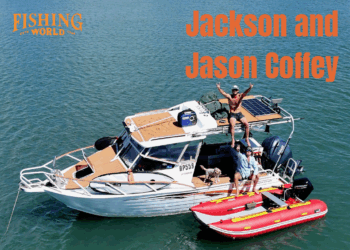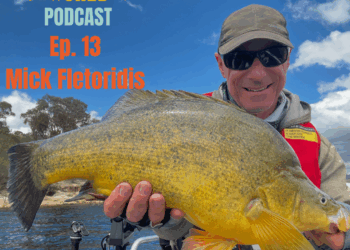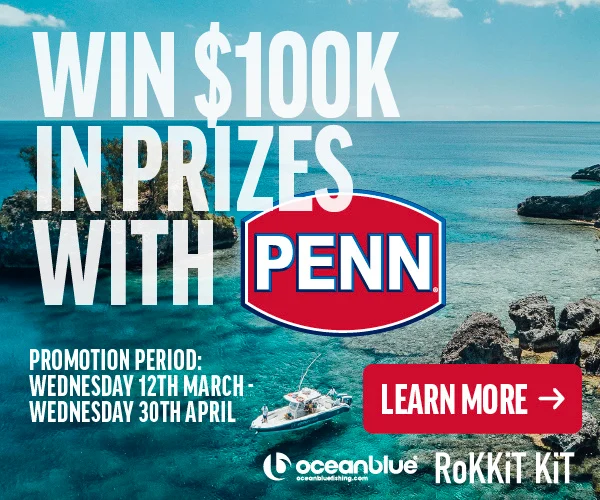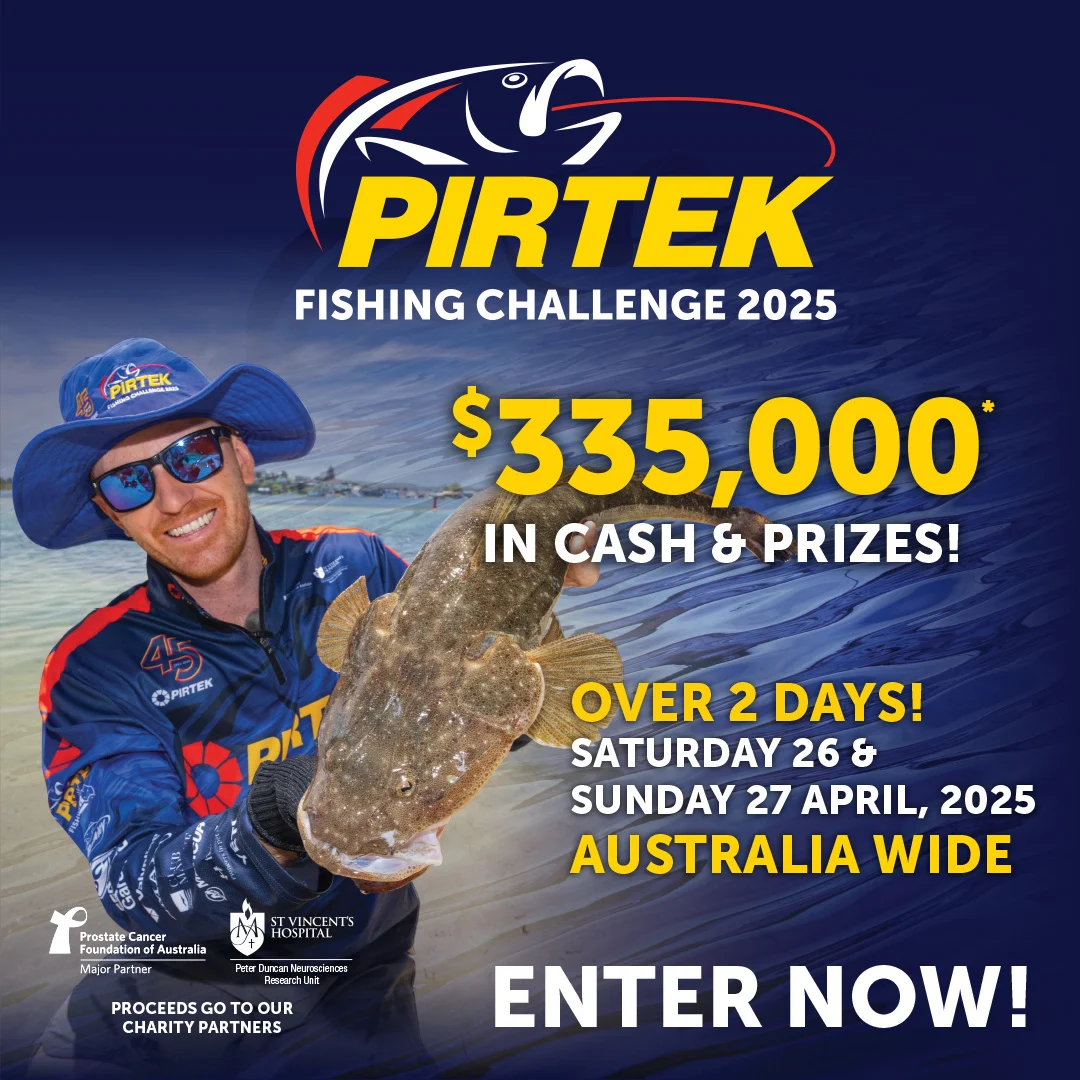
TWO seafood industry associations have condemned a recent CSIRO article published in the renowned Nature Sustainability journal titled, “By-catch rates in fisheries largely driven by variation in individual vessel behaviour”.
Authors Roberson and Wilcox introduced their work: “Fisheries bycatch continues to drive the decline of many threatened marine species such as seabirds, sharks, marine mammals and sea turtles”.
The research went on to conclude that some fishing vessel skippers were better than others at minimising their by-catches of protected species and concluded that this Australian discovery, “… is [an] untapped opportunity to reduce negative environmental impacts of fisheries with interventions targeting specific performance groups of individuals, supporting an alternative perspective towards managing global fisheries.”
Three of the five fisheries studied are located in South-East Australia, they are: the Shark Longline, Shark Gillnet and the Commonwealth Trawl fisheries. These fisheries are represented by two industry associations, the South East Trawl Fishing Industry Association (SETFIA) and Southern Shark Industry Alliance (SSIA).
The research claims to use protected species by-catch data from Australian Fisheries Management Authority (AFMA) Observers, contrasting this against individual vessel catch of target fish.
SETFIA and the SSIA said the analysis then incorrectly suggests that thousands of albatrosses, petrels, and other protected species are being killed each year by the fishing industry.
SETFIA and the SSIA argue the article’s estimates are implausible given the Gillnet and Longline fisheries have operated 100% video monitoring for more than 5 years and this independent footage shows very low numbers of threatened species by-catch. Further, the trawl fishery has almost eliminated seabird by-catch.
In line with its policy, Nature Sustainability published the 60,000 lines of raw data used in the analysis. SEFTIA and SSIA said it was immediately evident to the fishing industry that most of the data was from “observations” – instances where seabirds and other marine creatures happily flew or swam past the vessel and were noted by observers.
On April 11, two days after the fishing industry questioned the data, it was taken down by Nature Sustainability for confidentiality reasons.
Industry has been trying to convince CSIRO that their data is invalid. CSIRO has written to SETFIA explaining that they are trying to have public access to the Nature article “blocked”.
Simon Boag, executive officer of two associations representing these fisheries said: “The fishing industry is fed up with junk science, this work is not up to CSIRO’s normally high standards. CSIRO has been a long term strategic partner and leads the world in fishery stock assessment using genetics and acoustic monitoring.”
On May 6, three weeks after the data error was discovered, the ABC aired a radio interview with Ms Roberson in which she said by-catch species can be unmanaged, that volumes of by-catch can be greater than the targeted catch, and that fishers had an incentive to lie when reporting by-catch.
Boag concluded, “We demand that the CSIRO force the authors to immediately stop making defamatory statements in the media that they know are false. Rather than alleging that the fishing industry is lying, the CSIRO should focus on explaining why video monitoring data was not used, and how this footage showing very low levels of by-catch has somehow been curated to become thousands.”
“We call on the CSIRO to issue an immediate retraction of the article with an explanatory note explaining why observations of unharmed marine creatures near fishing vessels were included as by-catch.”
“The fishing industry is proud of our record of mitigating protected species by-catch and note the hundreds of thousand levied on the industry to pay for video monitoring proving this. The Australian seafood consumer should not believe the article’s estimates,” said Boag.



















